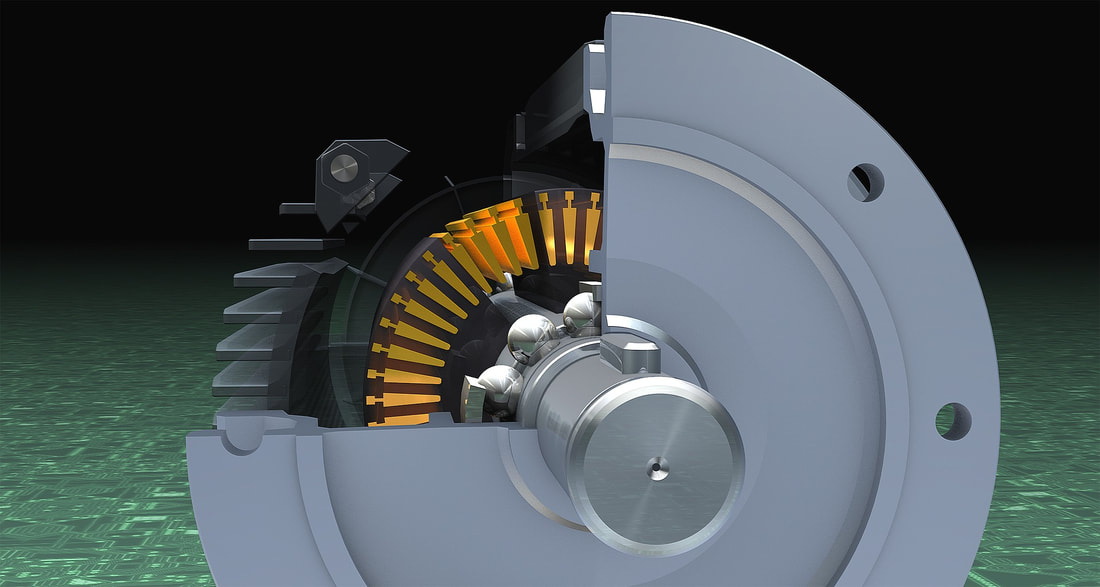|
Prototype seems to be one of the most misused words in manufacturing. An early working example of a concept is often referred to as a prototype; however, a prototype is actually the final design on which the manufacturing is patterned, the last design before you start to manufacture in volume. From Webster’s dictionary “a first full-scale and usually functional form of a new type or design of a construction”.
This early conceptual design is a proof of concept and is a totally necessary step to show that an idea is valid, determine if there is sales interest, and to test engineering ideas. Too often though, we see companies come up with a conceptual design, build a proof of concept and believe that the design is done and that they are ready to take the idea to production. Conceptual design is very much a creative activity and creativity cannot always be rushed. However, if the requirements of the product are well understood, knowing who the stakeholders are and what constraints must be met, conceptual design can avoid many issues. Creativity, however, does not negate good planning. Lean principles can still be used to plan and efficiently execute conceptual design. A good proof of concept needs to test if the potential product merits development. It will likely help determine how the final product will look, what features are required, and how they all fit together. It’s a learning step to help specify the product. There could many iterations, and it will focus on defining and confirming the requirements, but not on how it will be built. The final proof of concept should define the product requirements. The next step is to understand how to turn it into a product, something that can be built in volume repeatedly. Prototype design will take that conceptual design and figure out: how best to fabricate custom parts; what purchased components are suitable, available and at what cost; and how to assemble, package, ship and service the product. The necessities of cost and schedule will often dictate how much of the proof of concept design has to be modified. The final product will likely be a set of compromises from what was envisioned to what is practical. Both steps are essential. Both steps require different skill sets and input from different stakeholders. They both take time to do properly. So, it’s natural to want to skip some or all of the process, especially in a young company where budgets are tight. Every idea needs to be fully defined and vetted to ensure it meets the business needs. It’s the prototype that defines the final configuration and how that idea can be built and sold - and how profitable it will be. |


 RSS Feed
RSS Feed